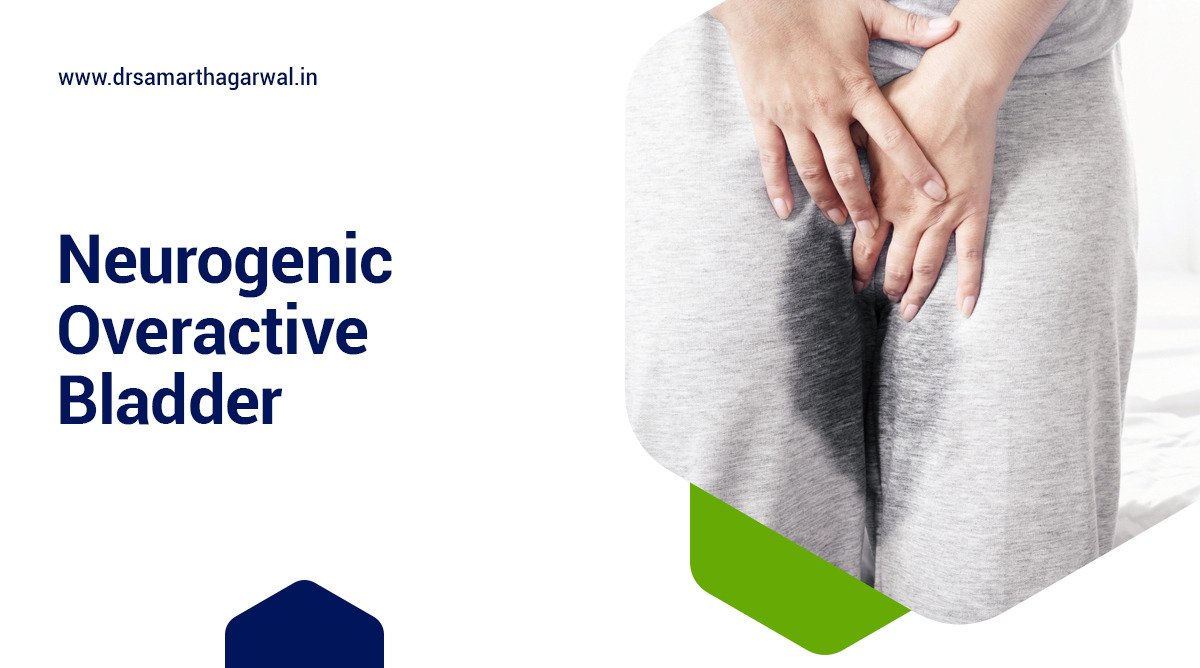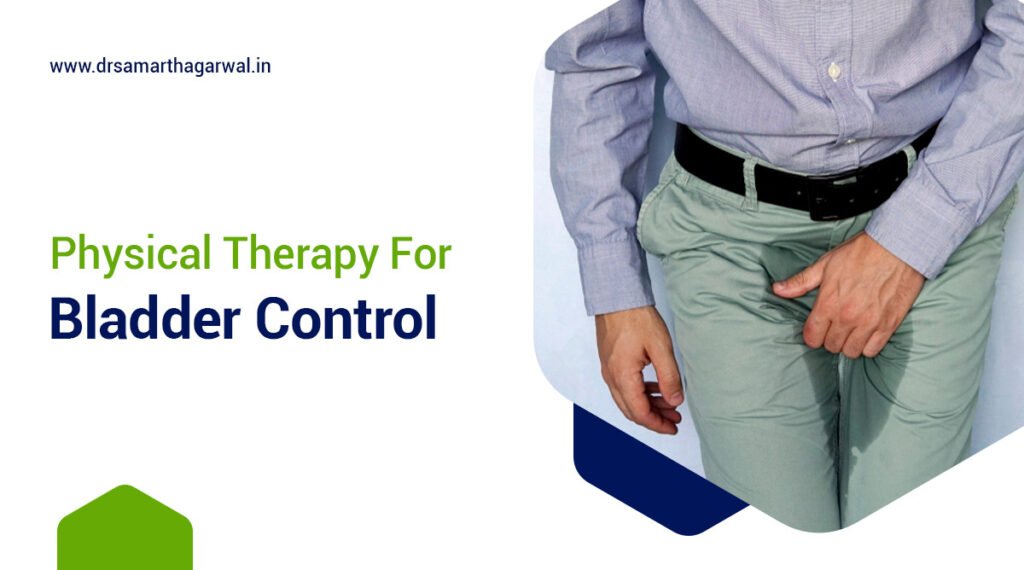Underactive bladder, also known as UAB, can be a challenging condition that affects daily life, leading to discomfort and frustration. It is often linked to detrusor underactivity and neurogenic bladder conditions.
Understanding what it is, its causes, symptoms, and proper diagnosis, including the use of AI in diagnosis and systematic review of bladder functions, is essential for managing this issue effectively.
A range of treatment options is available, from lifestyle changes and bladder training techniques to medications, clean intermittent catheterization, and surgical interventions.
This article explores these treatments, including conservative treatment options and pharmacotherapy for DU, in detail, offering insights into how to better manage underactive bladder symptoms and improve quality of life.
What Is an Underactive Bladder?
An Underactive Bladder (UAB) refers to a condition characterized by the inability of the bladder to contract adequately, leading to reduced urinary flow rate and incomplete bladder emptying, often evidenced by high post-void residual volumes. Proper diagnosis of DU often involves tests such as pressure-flow study, electromyography, and cystometry. This dysfunction may stem from various factors, including detrusor underactivity, which is frequently associated with neurogenic factors and neurological conditions such as Multiple Sclerosis, Guillain-Barre Syndrome, Diabetes, and Parkinson’s Disease. Proper understanding of UAB, including its epidemiology and diagnostic criteria, is essential for effective treatment and management.
What Are the Treatment Options for an Underactive Bladder?
Regarding managing an Underactive Bladder (UAB), various treatment options are available, each tailored to the individual’s specific needs and underlying causes, such as detrusor underactivity, neurogenic bladder, or neurological conditions. Treatment pathways generally include pharmacotherapy for DU, conservative treatment options, and interventions like clean intermittent catheterization (CIC), which can significantly improve bladder function, urinary flow rate, and quality of life.
Lifestyle Changes
Lifestyle changes play a crucial role in managing underactive bladder symptoms, positively impacting urinary flow rate and overall bladder health. Simple modifications, such as increasing fluid intake, establishing regular bathroom schedules, and incorporating bladder training techniques, can enhance bladder contractility and reduce post-void residual volumes.
Making mindful adjustments can significantly improve daily life. For instance, UAB treatment guidelines often suggest,
- adopting pelvic floor exercises can strengthen the bladder muscles,
- while dietary changes, such as reducing caffeine and alcohol, can also provide relief.
- Maintaining a healthy weight is another vital factor, as excess weight can add pressure on the bladder, contributing to complications of underactive bladder.
Keeping a bladder diary helps track patterns and identify triggers that affect bladder function, offering a practical approach to systematic review of bladder activities and improving sensitivity and specificity in symptom tracking. By focusing on lifestyle modifications, individuals can experience better control and comfort, leading to a notable difference in their quality of life.
Bladder Training
Bladder training techniques are essential for those experiencing underactive bladder symptoms, as they effectively help improve bladder control and reduce incidents of urinary retention. These methods focus on gradually increasing the intervals between urination, which can assist in overcoming bladder outlet obstruction, enhancing overall bladder contractility, and reducing post-void residual volumes.
Incorporating a variety of strategies can play a significant role in improving outcomes for individuals facing these challenges. Initially, setting a regular schedule for restroom visits allows users to understand their body’s signals better and adapt accordingly. Additionally, positive reinforcement such as acknowledging progress can motivate persistent practice. Techniques may include:
- Timed voiding: Planning restroom breaks at consistent intervals.
- Bladder diary: Keeping track of fluid intake and urination patterns.
- Pelvic floor exercises: Strengthening muscles to support better bladder function.
These approaches not only foster gradual improvements but also give the power to individuals in managing their symptoms more effectively, fostering a sense of control and well-being.
Medications
Pharmacotherapy for an underactive bladder often includes medications like Acotiamide, Tadalafil, Alpha-Blockers, and Prostaglandin E2, which aim to enhance bladder contractility and improve urinary flow rate. Alpha-blockers are also utilized to alleviate symptoms caused by bladder outlet obstruction, thus providing a multifaceted approach to managing UAB effectively.
The primary goal of these treatments is to optimize urinary function and diminish discomfort associated with the condition, following the UAB treatment guidelines.
Nerve Stimulation
Nerve stimulation, particularly sacral neuromodulation, is an innovative treatment option for individuals with underactive bladder, especially those with underlying neurological conditions. This method works by delivering electrical impulses to the sacral nerves, promoting improved bladder contractility and urinary flow rates.
This approach harnesses the body’s natural pathways to alleviate symptoms effectively. By stimulating the nerves, patients often experience a significant reduction in urgency, frequency, and incontinence, thereby enhancing their quality of life. Notably, nerve stimulation techniques also act as alternative solutions when traditional therapies such as medications yield insufficient results.
- These techniques are less invasive compared to surgical options, providing a viable choice for many.
- The adaptability of nerve stimulation, including sacral neuromodulation and stem cell therapy, allows for adjustments based on individual patient needs.
- Clinical trials continue to affirm the long-term benefits and safety of these methods.
As awareness of these options increases, more individuals may find relief and regain control over their daily lives.
Surgery
In severe cases of underactive bladder, where both conservative and pharmacological treatments have failed, surgical intervention may be a viable option, especially when other treatments have failed to yield satisfactory results. Surgical options aim to address underlying complications of underactive bladder, including detrusor underactivity, and can significantly improve bladder function and patient quality of life.
For patients facing persistent symptoms, various surgical interventions can be considered based on individual circumstances, complications of underactive bladder, and overall health. These may include:
- Implantable Devices: Devices like sacral neuromodulation can help stimulate bladder activity and enhance voiding.
- Augmentation Cystoplasty: This procedure involves enlarging the bladder using a patch of intestine, addressing issues caused by a smaller bladder.
- Urethral Stricturoplasty: Repairing narrowed areas can help restore normal urine flow.
As with all surgical procedures, there are potential risks that patients must consider, including infection, bleeding, and complications related to anesthesia.
It’s crucial for individuals to discuss these options thoroughly with their healthcare provider to determine the most appropriate course of action tailored to their unique case.
Catheterization
Clean intermittent catheterization (CIC) is often employed as a primary strategy for managing underactive bladder, particularly in cases of significant bladder contractility issues and chronic post-void residual volumes. This method allows for regular bladder emptying, reduces urinary retention, and minimizes complications associated with underactive bladder.
According to Miyazato M, Yoshimura N, Chancellor MB. The other bladder syndrome: underactive bladder. Rev Urol. 2013, the use of catheterization is part of an overall management strategy for underactive bladder (UAB). This strategy is focused on three main goals: prevention of upper tract damage, avoidance of overdistension, and reduction of residual urine. By addressing these issues, catheterization plays a crucial role in managing the symptoms and potential complications of UAB.
The implementation of CIC offers numerous advantages that extend beyond basic bladder management. It enhances patient autonomy by enabling individuals to conduct self-catheterization discreetly, leading to improved quality of life. Regular use of this technique diminishes the risk of urinary tract infections, a common concern for those experiencing underactive bladder.
- By maintaining optimal bladder levels, CIC supports kidney health and overall urinary system functionality.
- Patients often report experiencing increased comfort and less anxiety regarding potential leaks or accidents.
The thoughtful adoption of CIC not only streamlines the management of underactive bladder but also mitigates complications, allowing individuals to navigate daily life with greater confidence.
What Are the Causes of an Underactive Bladder?
Understanding the causes of an Underactive Bladder (UAB) is crucial for effective diagnosis and treatment, as they can range from neurogenic factors, such as neurological conditions, to myogenic factors linked to aging, and iatrogenic factors resulting from medical procedures. Various conditions, such as Multiple Sclerosis, Diabetes, and the effects of Radical Prostatectomy, can all contribute to detrusor underactivity and neurogenic bladder, significantly impacting bladder function.
Neurological Conditions
Neurological conditions are significant contributors to underactive bladder, often resulting in a neurogenic bladder characterized by diminished bladder contractility and requiring comprehensive UAB treatment guidelines for effective management.
These disorders can impede the brain’s communication with the bladder, leading to impaired control over urination. Diagnostic criteria often involve advanced tests such as sensitivity and specificity analysis to ensure accurate diagnosis. Patients with such conditions may experience a range of symptoms, including frequent urinary infections and an inability to fully empty the bladder.
- Multiple Sclerosis disrupts nerve transmission, affecting both motor and sensory functions. It can also impact bladder function, contributing to underactive bladder symptoms.
- Parkinson’s Disease can cause rigidity and tremors that impact bladder muscle coordination, and is a significant factor in the diagnosis of DU (Detrusor Underactivity).
- Guillain-Barre Syndrome triggers inflammation that compromises nerve signals, contributing to urinary retention and underactive bladder.
Diagnosis often involves a combination of clinical evaluations, patient history, and specialized tests such as urodynamics to assess bladder pressure and flow, including AI in diagnosis to enhance accuracy. Understanding these connections is crucial for tailoring effective management strategies for affected individuals, guided by UAB treatment guidelines.
Medications
Certain medications may contribute to the development of an underactive bladder, falling under the category of iatrogenic factors or iatrogenic DU. Pharmacotherapy for unrelated conditions can inadvertently lead to reduced bladder contractility, resulting in urinary retention and other bladder dysfunctions. Pharmacotherapy for DU may include specific drugs aimed at improving bladder function.
Understanding this complex relationship highlights the significance of patient awareness regarding their prescriptions. For example, medications such as anticholinergics, commonly used for treating overactive bladder or allergies, are known to inhibit bladder muscle contractions. Similarly, alpha-blockers and other drugs can affect bladder function. This inhibition can exacerbate symptoms of an underactive bladder, causing unnecessary distress. Similarly, opioids, often prescribed for pain management, can lead to significant urinary retention, contributing to an overall decline in quality of life. Medications like Acotiamide and Tadalafil are also being studied for their potential effects on bladder function.
- Antidepressants: These can also interfere with normal bladder function.
- Blood pressure medications: Some may further complicate urinary issues.
By recognizing these potential side effects, individuals can engage in more informed discussions with their healthcare providers, paving the way for more suitable treatment strategies.
Pelvic Surgery
Pelvic surgery, particularly procedures like Radical Prostatectomy, can result in an underactive bladder due to iatrogenic factors affecting the nerves and muscles responsible for bladder function. Neurogenic factors may also play a significant role in these scenarios.
These alterations can disrupt the intricate balance necessary for effective bladder performance, leading to a range of complications. For many individuals, this can manifest as detrusor underactivity, causing significant urinary retention. Consequently, the patient may experience an array of symptoms, including frequent urination, urgency, and discomfort, all of which could diminish quality of life.
- Identifying the precise mechanisms that trigger these issues is critical for developing effective treatment protocols, including Clean Intermittent Catheterization.
- Health professionals often recommend various management strategies, from behavioral modifications to pharmacological therapies, including the use of Prostaglandin E2.
- In some cases, pelvic floor therapy may be introduced to enhance bladder function and alleviate the symptoms associated with an underactive bladder. In more advanced cases, Stem Cell Therapy is being explored as a treatment option.
By closely monitoring post-operative conditions, healthcare providers can offer tailored solutions that address the unique challenges faced by these patients.
Aging
Aging is a natural process that can lead to various changes in bladder function, contributing to underactive bladder symptoms. Myogenic factors associated with aging often result in decreased bladder contractility and increased post-void residual volumes, complicating urinary health.
As individuals grow older, the gradual decline in bladder muscle efficiency can significantly impact their daily lives. The reduced ability to initiate and sustain urination often manifests as increased frequency of urination and a sensation of inadequately emptying the bladder.
Several key factors contribute to this challenging transition, including myogenic factors and neurogenic factors:
- Neurological Changes: Aging may lead to alterations in neural pathways that control bladder function.
- Hormonal Fluctuations: Changes in hormone levels can also affect bladder sensitivity and function.
- Medications: Many older individuals are prescribed medications that might inadvertently affect their bladder health.
Understanding these elements is crucial for managing symptoms effectively and improving quality of life.

Contact Dr. Samarth Agarwal if you have any questions or concerns about your Urinary health!







